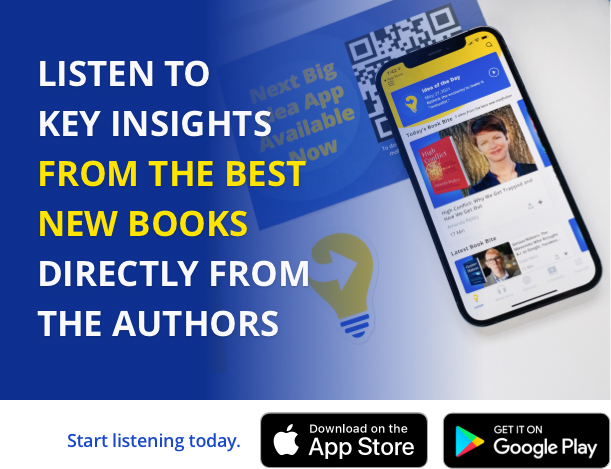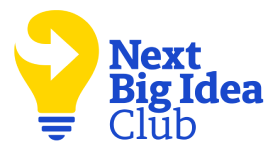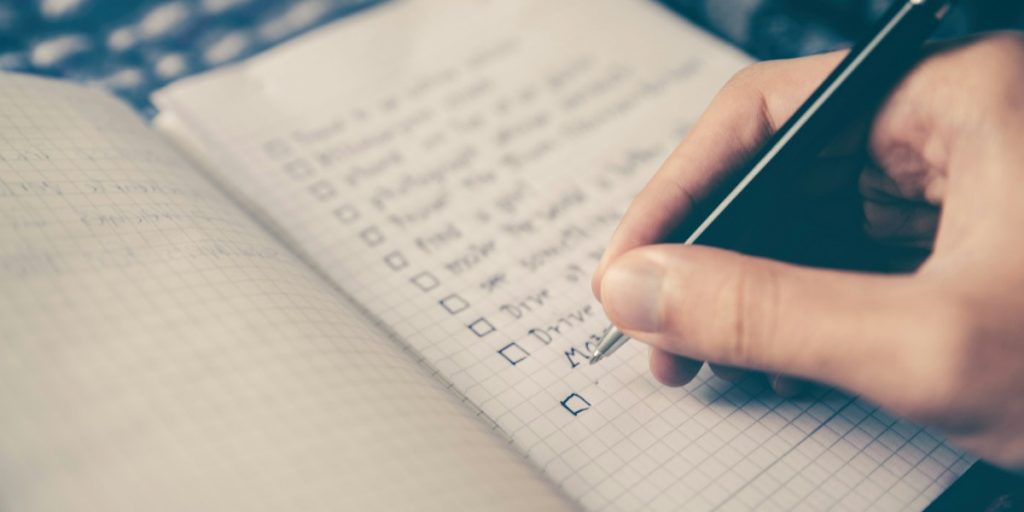Bill McGowan is the founder and CEO of Clarity Media Group. He is a two-time Emmy Award-winning correspondent who now coaches everyone from CEOs to celebrities on how to captivate audiences. Juliana Silva is a journalist with vast experience in global media brand strategy who acts as a Communications Specialist at Clarity Media Group. As a media coach, she has transformed experts from a variety of professions into on-air network contributors.
What’s the big idea?
One of life’s great gifts is to have what we say remembered because, when our words stick with people, we have a golden opportunity to persuade, influence, motivate, or inspire. But every day, in offices all over the world, businesspeople squander those opportunities by speaking in bland, boring, and forgettable ways. Speak, Memorably outlines a host of techniques designed to help you captivate an audience by making your message so distinctive that it rises above the incessant noise swirling all around us these days.
Below, co-authors Bill McGowan and Juliana Silva share five key insights from their new book, Speak, Memorably: The Art of Captivating an Audience. Listen to the audio version—read by Bill and Juliana—in the Next Big Idea App.

1. Location, location, location.
Where you place your big ideas matters in public speaking. This concept is called the primacy/recency effect, and it says that what you communicate at the beginning and end of a learning episode tends to be retained better than information presented in the middle. This theory has been validated in memory experiments.
The great filmmaker Francis Ford Coppola uses this concept for making movies. He starts by identifying his three top storytelling points, takes the best one, and puts it at the end. He places the second-best point at the beginning and then finds a place in the middle to insert his third-best point. He may be talking about storytelling, but so are your presentations at work.
Throughout our years of coaching, we frequently see people missing the opportunity to capture the audience’s attention. Unfortunately, presenters often resort to the dreaded agenda slide. It is the most overused and underwhelming tool in any public speaker’s arsenal. The scourge of telling people what you’re going to tell them is rampant. We call this signposting, meaning warning your audience of what you’re about to tell them.
This doesn’t just happen at the beginning of a presentation. It often happens at the beginning of each and every slide. The strategy you should embrace in public speaking is inform, don’t warn.
2. Learning is a laughing matter.
Humor plays an important role in delivering memorable remarks. There has been extensive research on the power of levity in public speaking. Research from both the University of Pennsylvania and Ohio State University has shown that humor is a key contributor to both virality and retention. When 18 to 34-year-olds were shown both humorous and non-humorous news stories about politics and government policy, the viewers remembered and shared the funny stories more often.
There is a wrong way to go about inserting humor into your presentations. If you’ve ever been told to start with a joke, unfortunately, that’s probably the worst piece of advice. Leave the joke-telling to professional comedians and instead think of your job as finding a humorous lens through which you want the audience to view your content.
“If you’ve ever been told to start with a joke, unfortunately, that’s probably the worst piece of advice.”
Levity is the ultimate high-wire act of public speaking. It’s high risk, but it’s also high reward. There are physiological benefits to using humor in public speaking. Not only does it make the speaker calmer and more confident, but it also boosts the audience’s dopamine levels.
Dopamine is the hormone in our bodies that’s been called the pathway to pleasure. When dopamine hits our brains, it generates pleasure and makes us feel good. Laughter can also minimize stress. Studies at the Mayo Clinic have found that laughter can relieve stress by increasing the release of endorphins. They concluded that laughter stimulates circulation and muscle relaxation, both of which can help reduce stress.
Reluctance to be clever or funny in a business setting is completely understandable. Everybody feels anxiety due to the nature of the risk, but research clearly shows that the payoff in terms of being memorable can be enormous.
3. The Magnificent Seven.
The Magnificent Seven is a series of linguistic devices that you can use to convert your ideas into punchy and memorable messages.
1. Analogy & Metaphor: These make it possible for your audience to understand a complex concept quickly and easily by comparing it to something common to all of us. For example, “Sitting is the new smoking.” Or, describing the supply chain crisis as a six-lane freeway trying to merge into a one-lane country road.
2. Creative Label: A pithy expression that you coin. “The Great Resignation” is a creative label. “Quiet quitting” is also a creative label. Or “The Goldilocks Economy.” You can see the viral nature of all these.
3. Twisted Cliché: When you take a very common expression and alter it slightly to turn it into something brand new. For instance, in 2023, when there was an oversaturation of startup investors in Silicon Valley, we called it a “seating frenzy.”
4. Wordplay: Perhaps the most famous example is from Martin Luther King Jr.’s “I Have a Dream” speech when he said, “I have a dream that my four little children will one day live in a nation where they will not be judged by the color of their skin, but by the content of their character.”
5. Data with Context: Overloading an audience with numbers and statistics is not memorable unless you bring some context and meaning to it. If you tell me that a windmill farm generates over 1800 megawatts of power, I might not be impressed or interested. But if you tell me that it creates enough energy to power over a million homes, now I sit up and take notice.
6. Original Definitions: A fresh and different way to define certain terms. It is not the definition you find in the dictionary, but rather a complimentary meaning that helps you emphasize one of your points. For instance, you can redefine leadership as “where empathy and vision meet.”
7. Mathematical Equation: This actually requires no actual math. You could describe ratios in terms like “the more you have this, the more you get that,” such as “the more conversational your tone becomes, the more confidence you exude.” Or it could be an actual equation, like “Authenticity = Passion + Warmth.”
4. Zoomnesia and technostress.
Nearly all of us have to cope with virtual communication on a daily basis. Zoom fatigue is real. It was validated in a European study titled “Technostress in Organizations,” which examined the effects of video conferencing on a group of college students attending lectures remotely compared to those attending in-person classes. Fatigue levels and mood were measured with medical equipment, and researchers found notable differences between the in-person and online students. Fatigue levels grew for the video conference. In contrast, the in-person groups reported feeling more lively, happy, and active.
Another strange effect we discovered from our own daily online meetings was something we called Zoomnesia, which is a decreased ability to remember and differentiate between one Zoom call and another. In our own work, virtual meetings were starting to merge in our minds, and we asked ourselves what could be causing this. We realized that the setting for all these meetings was identical. Every day you sit in the same chair at the same desk, staring at the same computer screen, and you have a lack of audio and visual cues to help trigger your memories and distinguish them from one another.
“In our own work, virtual meetings were starting to merge in our minds.”
We had to validate our theory. Interestingly, we found a COVID-era study in which healthcare workers discovered this same phenomenon. The goal was to compare how well patients remembered medical instructions given during in-person consultations versus once given through telehealth. Participants were asked to recall the instructions immediately after the session, and then a week later. Overall, the number of details both younger and older patients were able to recall was significantly lower when they were provided through telehealth. This was true both immediately after the session and after one week.
5. Theftosterone.
This is such a common problem that it deserves its own creative label. We call it theftosterone, which is what happens when a woman shares an idea with her colleagues and then later a man says almost the exact same thing and takes credit for it. It happens in all kinds of workplaces, even at the United States Supreme Court. Recently, Justice Sonia Sotomayor said she frequently sees examples of theftosterone when court is in session.
Despite all the professional gains women have made over the past 20 years, episodes of theftosterone have increased 20 percent over the past several years. The roots of this phenomenon take hold early in life. A professor of linguistics at Georgetown University, Deborah Tannen, notes that research shows how young boys use language to maintain and negotiate status within a group. Boys gain status by taking center stage and holding it. They do this through speech, giving information, telling stories, and maybe even boasting. But according to Tannen, it’s frowned upon for a girl to seek center stage by acting the exact same way.
Equally interesting as theftosterone’s origins are effective ways women can cope with or prevent these episodes. After all, it’s impossible to be memorable if someone else is taking credit for your ideas. We detail strategies to combat theftosterone in the book.
Enjoy our full library of Book Bites—read by the authors!—in the Next Big Idea App:






























